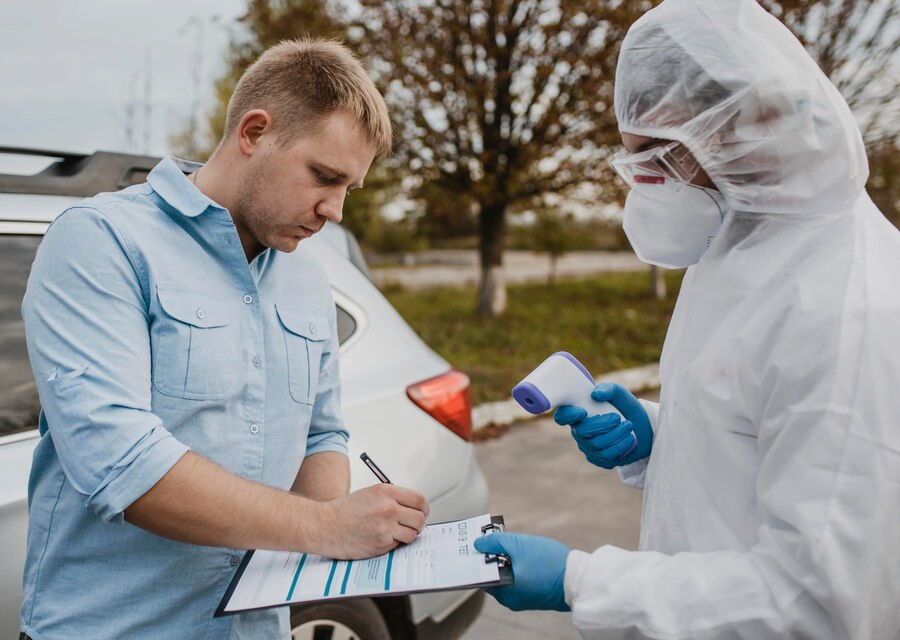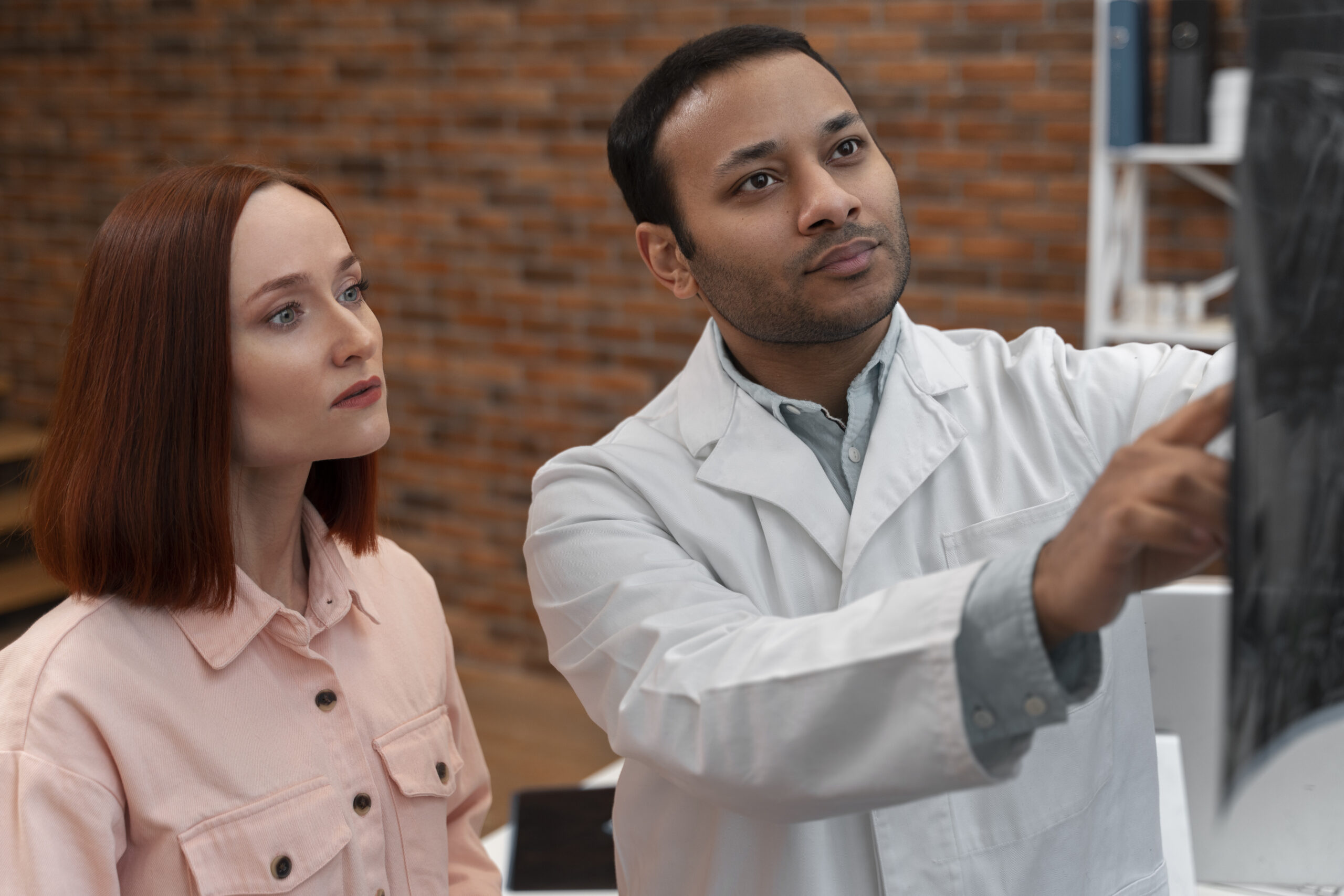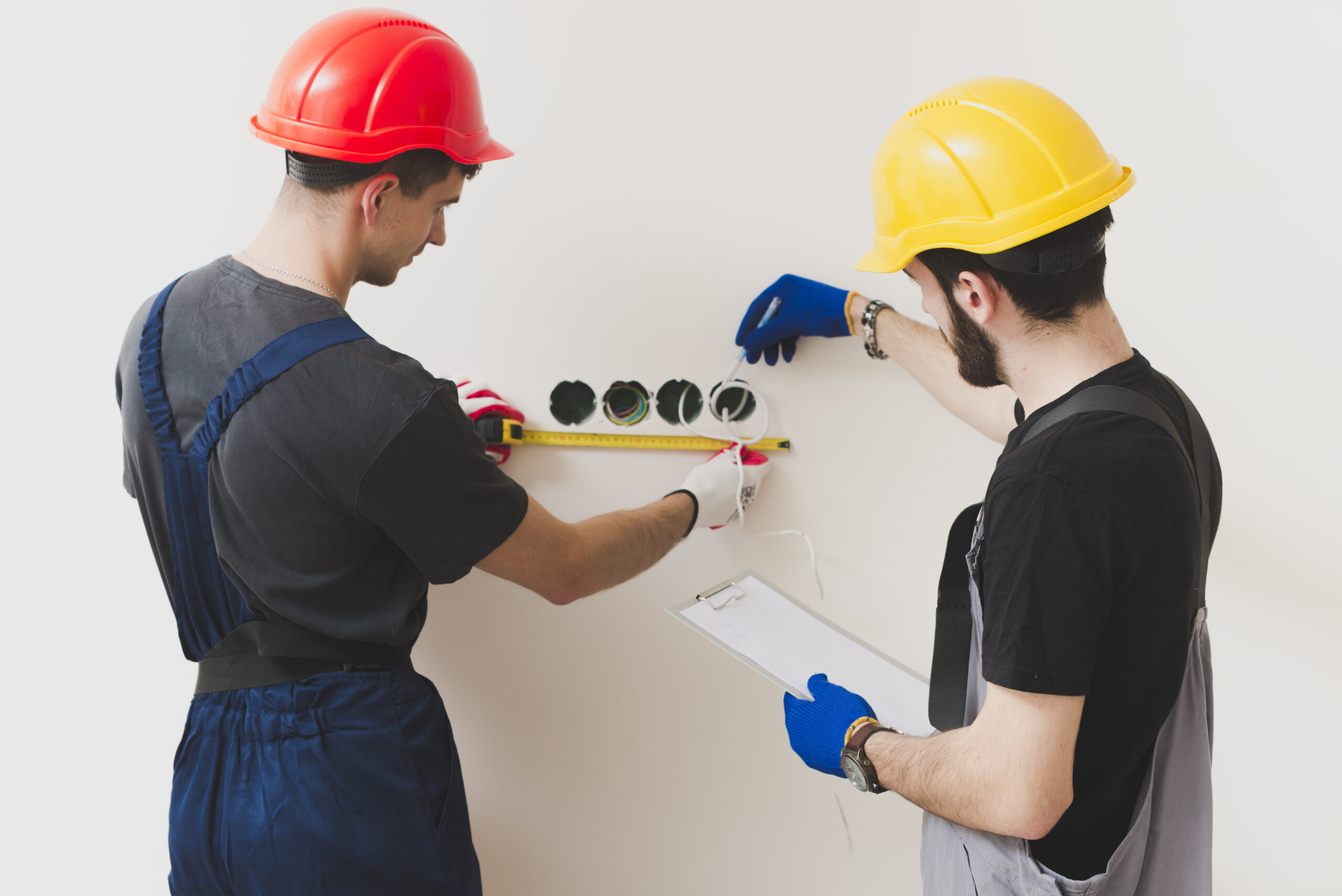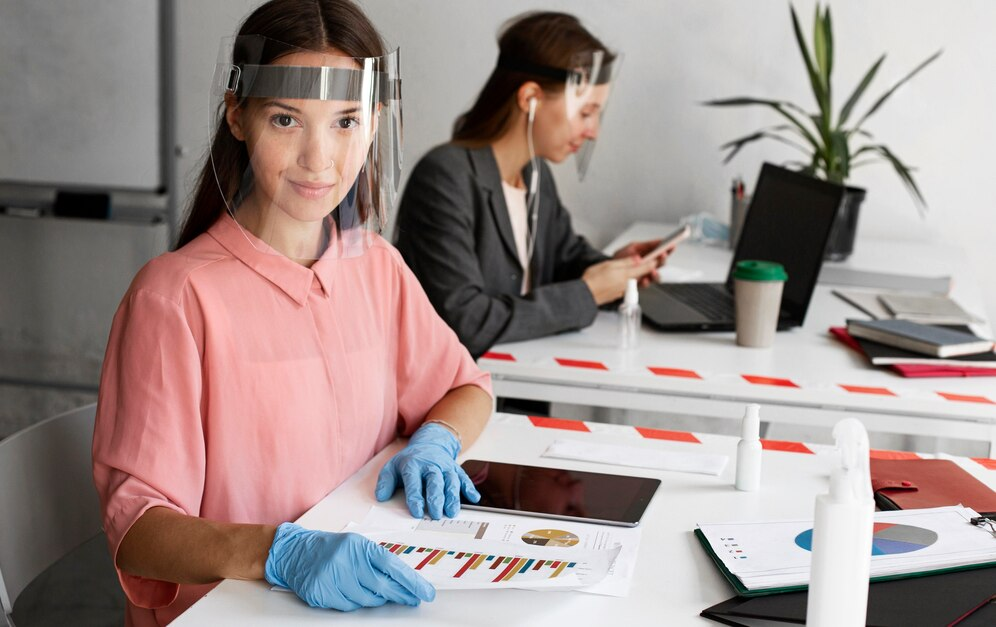Introduction
One of the primary issues that is relevant in NYC is the presence of lead – the toxic heavy metal, which impacts the human organism negatively, primarily for children or pregnant women. In this blog post, we will take you through the significance of XRF lead testing in NYC and how it is fundamental to the protection of public health.
Understanding the Threat:
The impact that can be associated with lead can be already understood as highly dangerous, as it may lead to neurological disorders, disorders of the cardiovascular system and many others. Lead poisoning mostly arises from the following sources; deterioration of paint leading to the shedding of lead particles, contaminated soil and drinking water contaminated with lead. Although measures have been taken towards minimizing instances of lead poisoning over the years, the dangers have not been eliminated fully, specifically because lead-based paint may still be in use in some buildings constructed before the practice was prohibited.
XRF Lead Testing
X-ray fluorescence (XRF) testing has become one of the primary weapons being deployed in combatting lead residuals. This non-destructive analytical technique makes it possible to identify quickly and precisely the concentration of lead in miscellaneous substrates, specifically paints, soils and dusts. Today, XRF lead testing is the most essential and widely-used method for evaluating the existence of lead in real estate.
Advantages of XRF Lead Testing
- Accuracy and Precision: XRF technology has good analysis sensitiveness and can be used for the reliable identification of lead within a material. This specificity is required to detect risks that threaten the stability of the business and deploy suitable mitigation measures.
- Speed and Efficiency: As compared with conventional laboratory testing techniques, which are slow and often very costly, XRF lead testing is comprehensive and provides immediate feedback on any lead readings, which means that quick and appropriate responses can be made.
- Non-Destructive Nature: There are several major benefits of using XRF analyzer for testing: one of the most important is that such testing is non-destructive. It entails that it is possible to perform tests and analysis without compromising the material that is being analyzed, a reason why it is useful in establishing the level of lead in constructions.
- Versatility: XRF instruments are multifunctional, they can analyze almost every type of surface: painted, earthlike as well as samples of the dusts and some consumer products. Because of this, they should be greatly used in a variety of settings to help in lead testing.
XRF Lead Testing in NYC: A Case Study
To explain, the following hypothetical case lets us to show how building a commercial of XRF lead testing in NYC is possible and efficient. It has come to the attention of the people to conduct a test on the building and discovered that lead-based paint is prevalent on the surface that children mostly touch. In order to mitigate these concerns, property managers opt conduct XRF lead testing as a solution.
One is a certified technician proficient in the operation of the XRF testing machine, who needs to be sent to the building to take the test. Following the proper procedure, a technician uses a handheld XRF analyzer to swipe painted surfaces in different parts of the building and monitor lead levels in each area. The overall findings presented in the tables show higher levels of lead in some of the samples that confirm the existence of lead paint.
Having such information, property managers can be in a position to take further adequate measures to minimize the cases of lead poisoning. Issues related to lead include options of encapsulation or abatement of lead-based paint, establishment of dust control and lead awareness among the tenants. Utilizing XRF lead testing, the building management can guarantee that the environment is safe from the occupants.
Legal Reforms, Government Recommendations and Health Protocols
In New York State, both, regulatory agencies as well as public health organizations are involved in the fight against lead contaminated issues. Currently, the bodies responsible for lead poisoning prevention and the surveillance of lead levels in New York are the DOHMH, which is under the New York City Health Department, whose duty is to monitor and enforce laws that safeguard New Yorkers from lead hazards.
The results of lead testing done through XRF are invaluable in addressing the issue of New York City’s compliance with regulatory rules as well as public health concerns. Due to the precise and timely information that XRF offers in terms of lead levels, those authorities responsible for overseeing fair lead levels are increasingly applying this technique in order to evaluate and plan the degree of risk in different areas that require their intervention.
Challenges and Future Directions
As mentioned before, XRF lead testing has a range of advantages; however, it is also has certain limitations. A major issue is the validity of testing protocols and outcomes; especially when testing for lead in a diverse regional environment where the sources could be numerous. To overcome this challenge, there is need to ensure that technicians handling XRF machines undergo through a continuous training or certification, and that quality assurance techniques are carried out with an aim of confirming the accuracy of the tests that are done.
As we look into future, there is hope with regards to new developments that could further improve the testing with the help of XRF. This demonstrates that new hardware, advanced methods of data analysis and more sophisticated software algorithms can increase the sensitivity or specificity of XRF testing and boost the efficacy of lead detection at very low concentrations in a range of substrates.
Moreover, more cooperation between government and health officials, academic institutions, research agencies and other stakeholders should be maintained for the development of lead poisoning prevention in NYC and other regions. Together with these partners, it will be possible to draw on the most important brainstorming and organizational approaches in order to enhance awareness, create strategic initiatives for problem solving, and improve policies in the spheres of public health and safety.
Conclusion
In conclusion, testing for lead is crucial for ensuring a healthy living environment. By accurately assessing lead levels in various materials and environments, XRF technology helps identify potential hazards and inform targeted intervention strategies. From residential buildings to public spaces, XRF testing empowers stakeholders to take proactive measures to mitigate the risks of lead exposure and safeguard public health.






